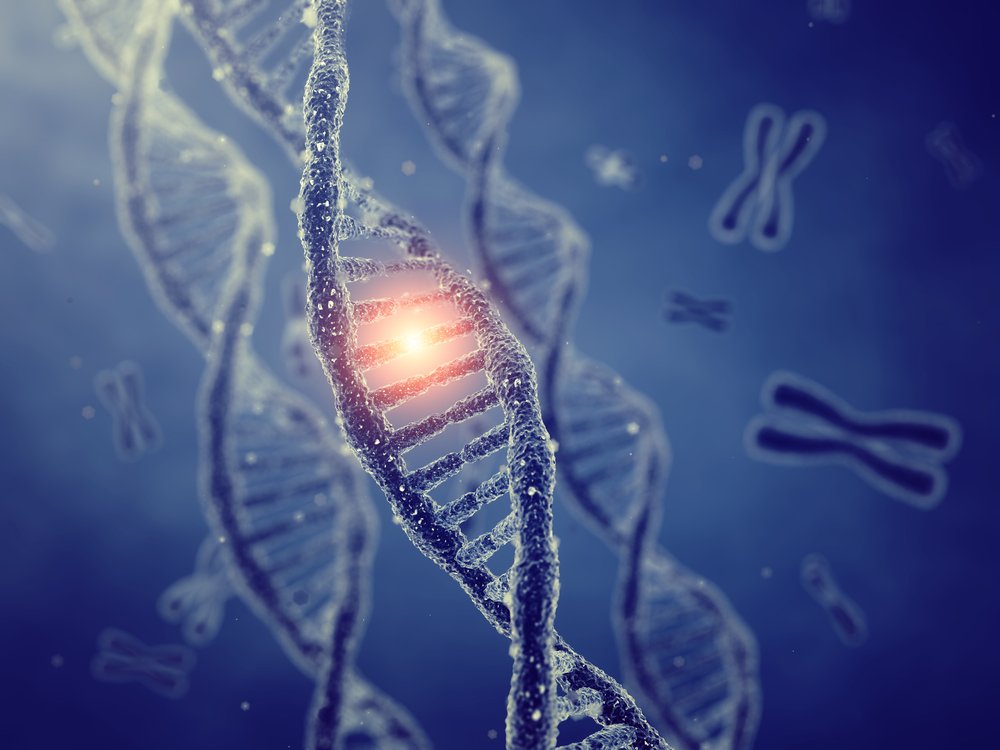Mutations Change Shape of Gene’s Protein to Determine Severity of CMT, Study Suggests

Mutations that affect special enzymes crucial for protein production and closely associated with Charcot-Marie-Tooth (CMT) disease cause changes to their shape and flexibility. The degree of change to these proteins appears to determine disease severity, a recent study reports.
The study, “CMT disease severity correlates with mutation-induced open conformation of histidyl-tRNA synthetase, not aminoacylation loss, in patient cells,” was published in the journal Proceedings of the National Academy of Sciences.
CMT is an inherited disorder of the peripheral nervous system — the network of nerves outside the brain and spinal cord responsible for controlling movement and sensation.
Mutations in more than 90 genes have been linked to the disease, but how any one of these mutations cause CMT is not well understood.
The largest gene family connected to CMT are genes that encode a group of proteins called aminoacyltransfer RNA (tRNA) synthetases (aaRS). aaRSs are critical to cell function as they are required for the first step in the production of all proteins.
Each aaRS attaches to a specific amino acid, the building blocks of proteins, then delivers them to a transfer ribonucleic acid molecule (tRNA). tRNA translates the information contained in a gene to make a protein.
The aaRS that attaches to the amino acid histidine, called histidyl-tRNA synthetase (HisRS), is one of six aaRSs that are associated with CMT disease. Four mutations in HisRS — changes in the amino acid sequence — are strongly linked to the disease.
Given that these mutations occur in the region of the protein responsible for its function, it has been assumed that these mutations cause a loss-of-function in aaRSs, leading to disease. However, some reports show these mutations do not significantly affect aaRS function, suggesting a different mechanism connects these mutations to CMT disease.
To understand how these mutations can lead to CMT, researchers isolated and analyzed lymphocytes (white blood cells) from two CMT patients carrying a mutation at HisRS, and two family members without the mutation and not affected by the disease.
They found that the amount and function (workings) of the HisRS proteins were the same regardless of mutation or disease. This indicated that a loss-of-function in HisRS did not cause CMT.
To confirm these results, the mutant protein was produced and purified, along with the other three mutant HisRS proteins, to directly test how well they worked in comparison to a normal HisRS protein, called a wild type (WT).
Two mutant proteins were found to have partial function and one had full functionality, while another mutant protein showed a complete loss-of-function. This variability demonstrated a lack of correlation between how well HisRS functioned and disease severity.
Sometimes amino acid mutations affect the shape of the protein, which can result in abnormal interactions with other proteins and cause disease.
To determine if these mutations led to changes in the shapes of those aaRSs responsible for CMT, the researchers measured the proteins’ overall shapes. They found that all the mutant proteins form a larger, and elongated shape compared to the normal and more compact HisRS protein. The greatest shape change was seen in the mutant (P134H) most closely associated with severe disease, while the mutant most closely tied to mild disease (T132I) showed the least shape change.
These results, together, showed that all four HisRS mutant proteins had a more open, extended shape than was normal — and the flexibility of the shape correlated with disease severity.
“These data suggest that HisRS-linked CMT disease arises from open conformation [shape or structure]induced mechanisms distinct from loss of aminoacylation [function],” the researchers wrote.
“The extra surface area may create unwanted interactions with nearby proteins, and these interactions could be what leads to a diseased state,” Xiang-Lei Yang, PhD, lead study investigator with Scripps Research, said in a press release.
““We believe the best path to a treatment is to start by understanding what is fundamentally wrong in the biological environment of this complex neurodegenerative disease,” she added.






